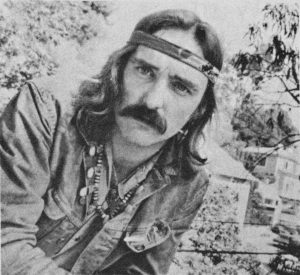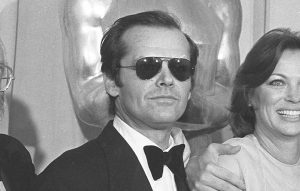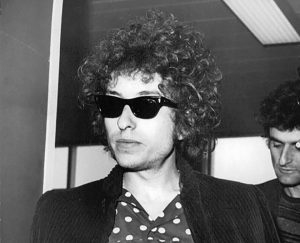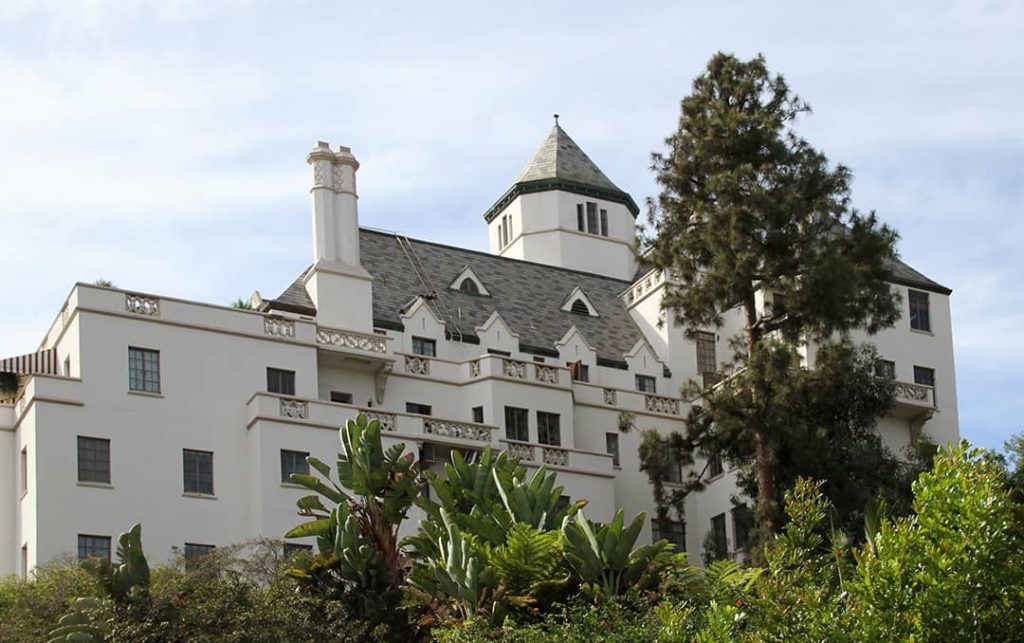
Hollywood Hotel
Chateau Marmont
The Chateau Marmont at 8221 Sunset Boulevard, Los Angeles, California, was renowned in the 1960s and 1970s as a place that attracted visitors from Hollywood such as Roman Polanski and Donald Cammell; and celebrities from the music industry, such as the singer Ray Charles and the music producer Denny Cordell. This was not however the only era in which it was well-known: it has had a long and exciting history.
Designed by the architect Arnold A. Weitzman back in 1927, it first opened in 1929 as an exclusive block of rental apartments, before being sold and converted into an hotel two years later.
Weitzman’s design was commissioned by the original owner, city lawyer Fred Horowitz, to take inspiration from the Château d’Amboise, a grand medieval French chateau that overlooks the river Loire in the Département of Indre-Loire in west-central France. It was also designed to be earthquake-proof, and has since survived several significant earthquakes affecting the Los Angeles area, which is testament to the success of this aspect of its design.
Horowitz sold the building for $750,000 in 1931, after it proved difficult to attract suitably wealthy tenants to its constituent apartments during the Great Depression. The new owner, Albert E. Smith (1875-1958), was a British-born retired film director and producer who had co-founded the early film production studio Vitagraph Studio in 1897, and had run it with considerable success for decades, before selling it to Warner Brothers in 1925.
Smith oversaw the conversion of the original apartments into luxurious hotel suites and, in 1937, he bought up a neighbouring plot of land on which nine two-storey cottages used as rental homes and a swimming pool had previously been constructed, increasing the guest capacity as well as improving the facilities on offer. He set about having the cottages converted into grand bungalows with high ceilings.
Smith’s connections with the film world set the tone for the hotel’s subsequent longstanding association with celebrity guests. It was managed during the 1930s by a former silent movie actress, Ann Little (1891-1984), who redecorated the interior using furniture purchased from the estates of previously wealthy Californians who had lost fortunes during the Great Depression.
In 1942, the Chateau Marmont passed into new ownership, with Erwin Brettauer, a German financier who had a record of funding early films in Germany, taking over for the next 21 years.
Brettauer defied the discriminatory practices that then still defined other high-class hotels in Los Angeles in allowing black guests. It is rumoured that not all his guests approved of his anti-discriminatory stance, however. The film producer Howard Hughes is reported to have deliberately avoided direct contact with even the black employees of the hotel.
In the early 1950s, Brettauer commissioned a modernist architect called Craig Ellwood to design two additional bungalows, which were built in previously undeveloped portions of the hotel’s land, and opened in 1952.
Over the course of its history, the Chateau has frequently been used to shoot films and music videos, and has seen numerous celebrity actors, musicians, writers, artists and photographers in residence.
The hotel has been the setting for many scandals and affairs, and seems to have served as a prime place for stars of the performing arts to meet a potential new love interest. It has also been used by many as a temporary retreat while going through divorce proceedings.
Apart from the aforementioned Howard Hughes, among its notable celebrity guests was film director Nicholas Ray, who began staying in one of the bungalows there in 1952 while working on his 1955 film Rebel Without a Cause, and invited famous actors from the film including James Dean, Dennis Hopper and Natalie Wood, to visit him during its preparation. He remained in residence for eight years.
Another famous film star, Bette Davis, stayed in a bungalow at the hotel in the late 1950s and accidentally set fire to it by leaving a cigarette burning before she fell asleep, but was rescued.
A host of other film stars have stayed at the Chateau at one time or another, including silent movie actress Jean Acker, Katharine Hepburn, Jean Harlow, Clark Cable, William Holden, Glenn Ford, Laurence Olivier, Hedy Lamarr, John Wayne, Desi Arnaz, Paul Newman, Joanne Woodward, Montgomery Clift, Sidney Poitier, Diahann Carroll, Greta Garbo, Anthony Perkins, Tab Hunter, Warren Beatty, Grace Kelly, Marlon Brando, Vivien Leigh, Marilyn Monroe, Boris Karloff, Dustin Hoffman, Susan Sarandon, Robert De Niro, John Cusack, Anthony Michael Hall, Sofia Coppola, Johnny Depp, Keanu Reeves, Scarlett Johansson, Stephen Dorff, Lindsay Lohan, Sam Rockwell and Leslie Bibb.
Writer Gore Vidal (1925-2012), a leading American novelist and political commentator whose career spanned the 1940s to the 2000s, was another frequent resident at the chateau.
Various prominent musicians, including jazz greats Duke Ellington and Miles Davis, folk singer Bob Dylan, Neil Young, Graham Nash, Carly Simon, James Taylor, Van Morrison, Courtney Love (singer of the indie band Hole), Britney Spears, and members of the band The Velvet Underground have also graced the Chateau or its bungalows as guests.
In 1968, the members of the rock band Led Zeppelin are reported to have partied so loudly and wildly in the main part of the hotel, that they were moved into one of the bungalows by order of the management to keep the peace. It is said that they had also been transporting naked female guests between their rooms under the cover of a food delivery cart that they had misappropriated from the hotel.
Also in the late 1960s, actress Sharon Tate took up residence at the hotel with her film director husband Roman Polanski, and began to regularly host celebrity guests from the film world in their suite, including Jack Nicholson, Mia Farrow and Warren Beatty. Six months after they moved out again, Tate was brutally murdered at the age of just 26 by the infamous Charles Manson.
In 1970, Jim Morrison of the Doors rented a bungalow adjacent to the swimming pool. He suffered a serious fall while attempting an acrobatic stunt on the outside of the main hotel building, dropping two stories, but survived.
The band Pink Floyd also stayed at the Chateau, and its members are reported to have attracted complaints from other guests after swimming naked in the pool.
By the 1960s, the main hotel had already begun to earn a reputation as being run-down and somewhat shabby. It began to change hands more often, and in 1975 was sold to a pair of real-estate developers, Raymond Sarlot and Karl Kantarjian, for only $1.1 million (less than half the inflation-adjusted value of the $750,000 for which the original hotel site without the added cottages had been sold in 1931). They then invested significant resources into repairs and upgrades to the infrastructure, while endeavouring to keep them sympathetic to the original character of the building, which was designated a Los Angeles Historic-Cultural Monument in 1976.
The hotel has also been scene to occasional high-profile tragedies. In 1982, high-profile actor and comedian John Belushi infamously died of an overdose at the age of just 33 while in residence at one of the bungalows at the chateau. Then in 2004, acclaimed fashion photographer Helmut Newton lost his life in a car crash within the grounds of the hotel after suffering a heart attack while driving.
In 1990, the hotel had been sold on again, to young hotelier André Balazs (born 1957), this time for more than $12,000,000, almost double the inflation-adjusted price of the 1931 sale, showing that Sarlot and Kantarjian had made a great profit out of their redevelopment venture.
In 2017, an article published in the New York Times reported on sexual assault allegations made against Balazs. He survived the report, retaining ownership of his hotel empire. But in September 2020, thirty years into Balazs’s ownership of the hotel, he was further stung by a critical report in The Hollywood Reporter on management practices at the hotel, for which thirty former employees had testified. Various lawsuits were subsequently launched against the hotel on grounds of racial and sexual discrimination, tarnishing the image of the hotel for a while.
However, it has survived these difficulties. It remains open to this day, and was recently described in a leading British newspaper as ‘Hollywood’s playground… where the A-list comes to stay, party or seek solace.’
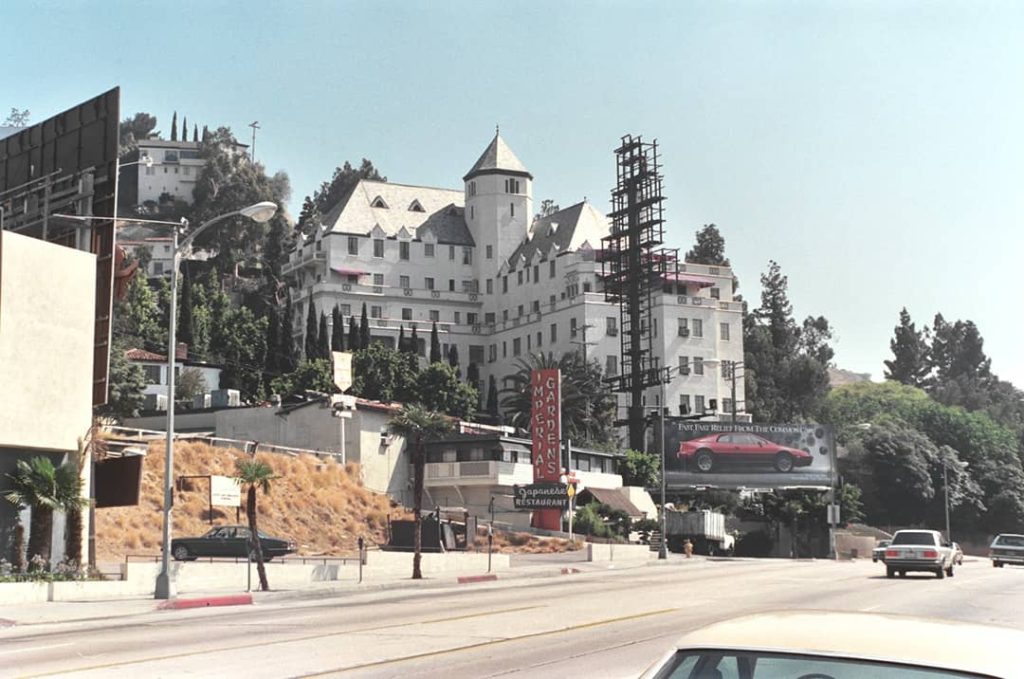
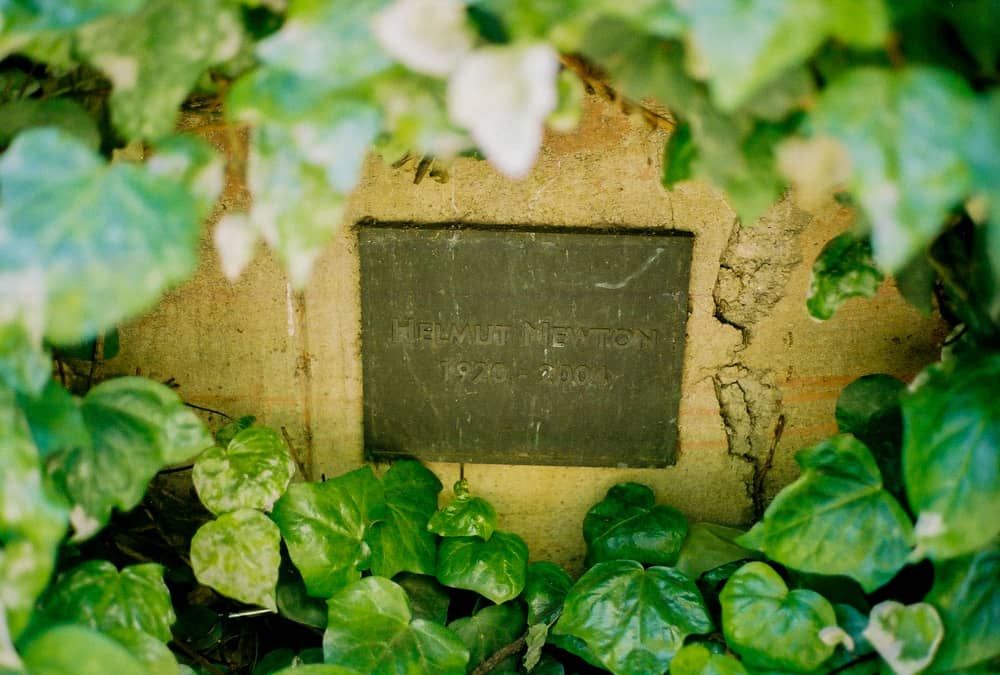
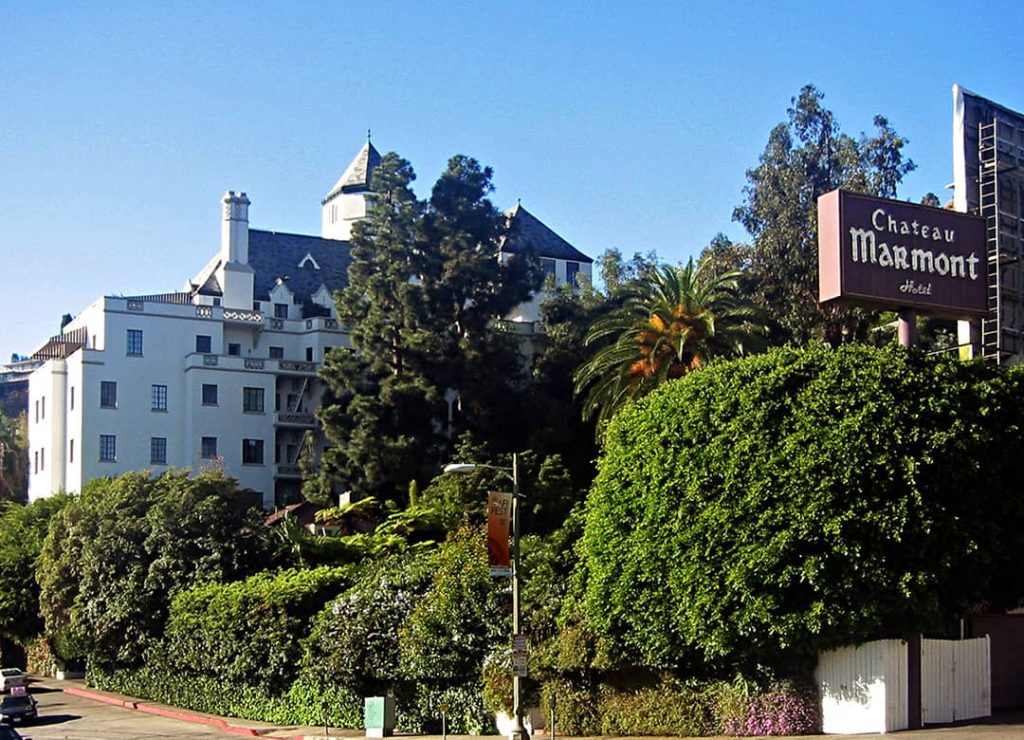
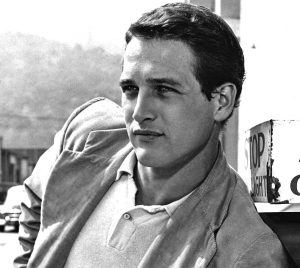
![nicky-samuel Portrait photograph of Nicky Samuel Waymouth [date unknown]](https://www.theswinging60s.com/wp-content/uploads/2021/06/nicky-samuel-300x198.jpg)
